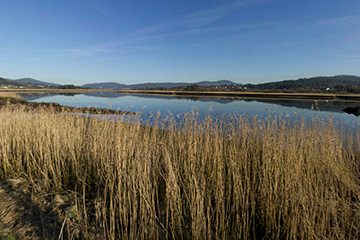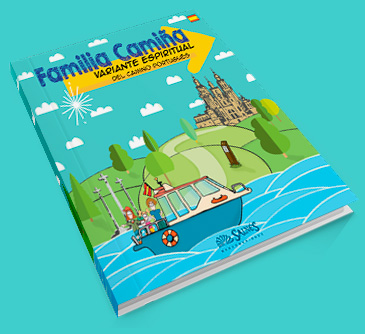Follow the same route as the remains of St. James on his journey to Compostela and cross a place of great natural beauty.

Follow the same route as the remains of St. James on his journey to Compostela and cross a place of great natural beauty. Discover water-mills, fountains, chapelsand monasteries. Walk through forests, vineyardsand beaches. Travel the only maritime Via Crucis in the world, where you can admire the 17 centennial cruceros (calvary) identifying this part of the Camino de Santiago as the “Translatio” The Origin of All Ways.
This “Variante Espiritual” (Spiritual Route) joins two “Via Jacobi”: The Portuguese Trail and the “Sea Trail”, the Source of all paths. In 44 AD the estuary of Arousa was crossed by the ship carrying the body of the apostle St. James. His remains were taken by his followers, who ”led by an angel and guided by a star\” arrived at the coast of Galicia and climbed the bed of the river Ulla until reaching Iria Flavia (now the village of Padrón).
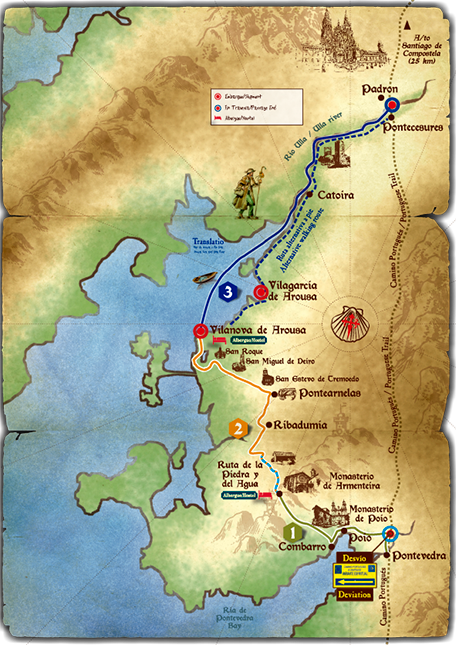
Spiritual variant triptych
Take the variant in your pocket, with this triptych
Spiritual variant route
Download the route of the spiritual variant on your mobile and do not miss it!
You need to have downloaded and installed Google Earth on your mobile device
Credencial para mascotas
Cuando finalices tu camino, envíanos una copia de la credencial cubierta y te haremos llegar el Diploma certificado de la Variante Espiritual.
Email info@osalnes.com
98.2km
Medium
3
N: 42º26’10.14”
O: 8º38’36.55”
STAGES
Discover your path19,6 km. - Difficulty medium
After crossing the city of Pontevedra, following the Portuguese Trail 2 km, a detour can be found to the left. At this point the “Variante Espiritual” starts, running through Poio and Combarro until the Armenteira Monastery, located in a quiet rural location in the mountains. Here it's possible to spend the night and rest in the hostel after traveling 21 km.
It should be noted that after Combarro, and during a 7km section, the stage increases the difficulty, so we recommend bringing water.
23,6 km. - Difficulty low
From Armenteira to Pontearnelas the pilgrim walks the “Route of Stone and Water” which runs through a natural landscape of great beauty. On this trail, walking in the shadow of the trees, old water mills are resting on the banks of the river. Gardens and vineyards indicate we approach the Arousa estuary. After traveling 24 Km the pilgrim reaches the beaches and the town of Vilanova.
Stage by boat + 27 km. - Difficulty low
Between Vilanova de Arousa and Pontecesures a boat will carry the pilgrim (can also be done on foot traveling 28 km of low difficulty). The boat crosses the Arousa estuary and the river Ulla up-streams, remembering the journey made by the remains of St. James, the Translatio. (approx. 1.5 hours). During the ride the pilgrim will enjoy the mussel farming in the waters of the estuary and travel the only maritime Via Crucis in the world where 17 centennial cruceros can be admired, identifying this path of Santiago as The Origin of All Ways.
In Pontecesures this trail once again mergers with the Portuguese Trail. These last 27 kilometers of the road pass through such emblematic places as Iria Flavia and A Escravitude, in addition to crossing through villages until reaching Santiago de Compostela.
Spiritual Variant
Promotional spot of the Spiritual Variant of the Portuguese Way
Iglesia de la Peregrina

Monasterio de San Juan
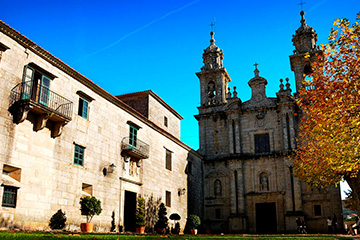
Hórreos de Combarro
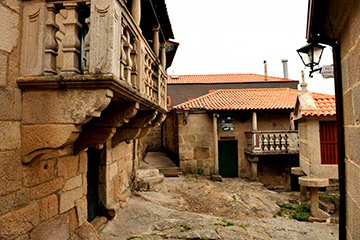
Monasterio de Armenteira
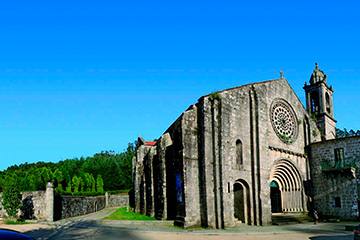
Ruta da Pedra e da Auga
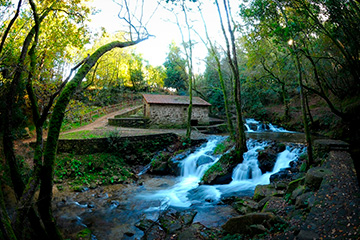
Puerto de Vilanova

Torres del Oeste
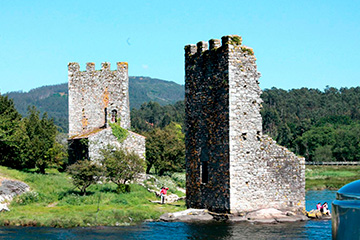
Rio Ulla
